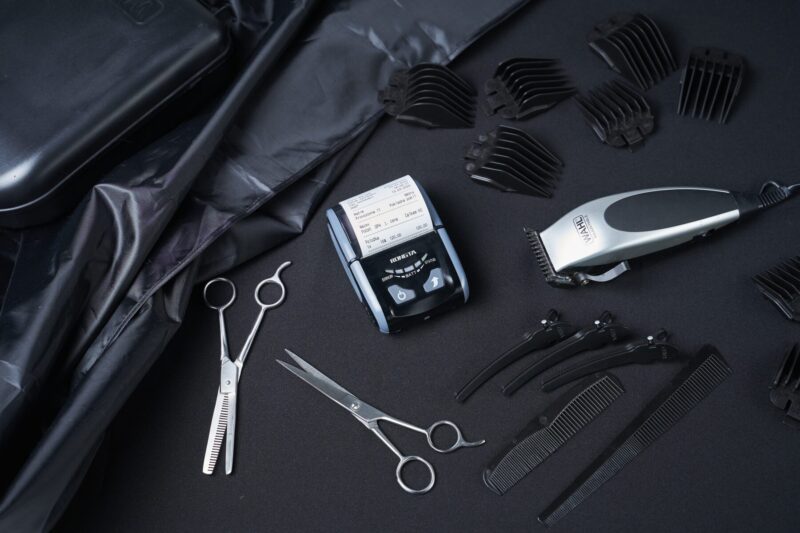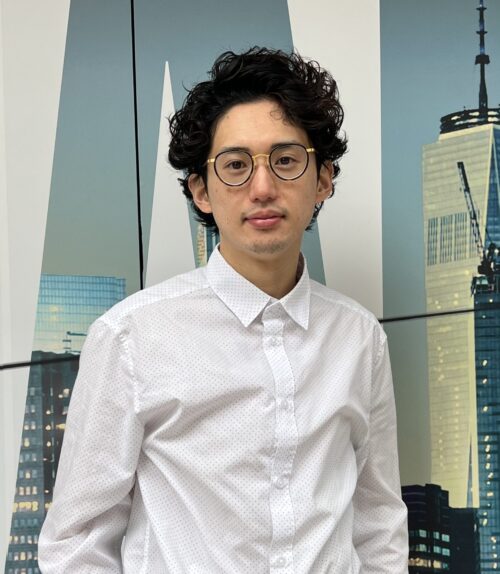Why I, as a Hairdresser, Visit Different Salons — Learning Through a “Deduction System”

I’m a hairdresser, but I also visit different salons as a customer.
I go to beauty salons, barber shops, and sometimes even 1,000-yen quick-cut salons.
On the other hand, I also visit high-end salons where a single haircut costs over 10,000 yen.
I don’t stick to one place — I go to learn from the differences in techniques, pricing, equipment, and customer service.
Those “differences” themselves become valuable experiences for me.
The “discomfort” I feel as a customer is my best teacher
The reason I visit so many salons
isn’t because I’m looking for the best one.
It’s actually the opposite —
I’m collecting experiences where I felt uncomfortable as a customer.
For example:
- The haircut felt rushed
- The shampoo hurt
- The staff seemed cold
- The consultation felt one-sided and they didn’t really listen
- The salon wasn’t clean
- The drink they served didn’t taste good
Those “slightly unpleasant” moments
are extremely valuable lessons for me.
Because they remind me, “I’ll never do that to my own clients.”
I try to turn those negative experiences into positive learning for my own salon.
Service isn’t about adding points — it’s about reducing deductions
I’ve always believed that the service industry works on a “deduction system.”
No matter how great the haircut is,
no matter how modern the facilities are,
no matter how affordable the price may be,
if the customer feels even one moment of discomfort,
that single negative impression can outweigh everything else.
In other words, no matter how many positives you pile up,
a single minus can lower the overall satisfaction.
That’s why I always focus less on
“how to impress the customer” and more on
“how not to make them feel uncomfortable.”
I believe this mindset of “reducing deductions”
is the fastest way to improve overall satisfaction.
Once a month, I return to being a customer
Before being a hairdresser, I’m also just a customer.
That’s why I believe it’s important to regularly experience things from the customer’s point of view.
Once a month, I go somewhere for a haircut.
Every visit teaches me something new.
“This service felt nice.”
“That one comment made me feel at ease.”
“That part could have been better.”
By collecting these experiences,
my personal standards keep becoming sharper and more refined.
Unpleasant experiences = opportunities to grow
Even if I have an unpleasant experience at a salon,
I consider it “lucky.”
Because that experience helps me decide
“I’ll never do that to my clients.”
Through this constant learning,
the number of “deductions” in my own work slowly decreases.
As both a hairdresser and a person,
these experiences are what drive my growth.
I’m not a perfect hairdresser.
But I want to keep doing my best
to create a time where my clients never feel uncomfortable.
Reducing “deductions,” little by little,
eventually leads to a more satisfying salon experience overall.
So today again,
I learn as a customer and give back as a hairdresser.
That, to me, is the true essence of my work.


